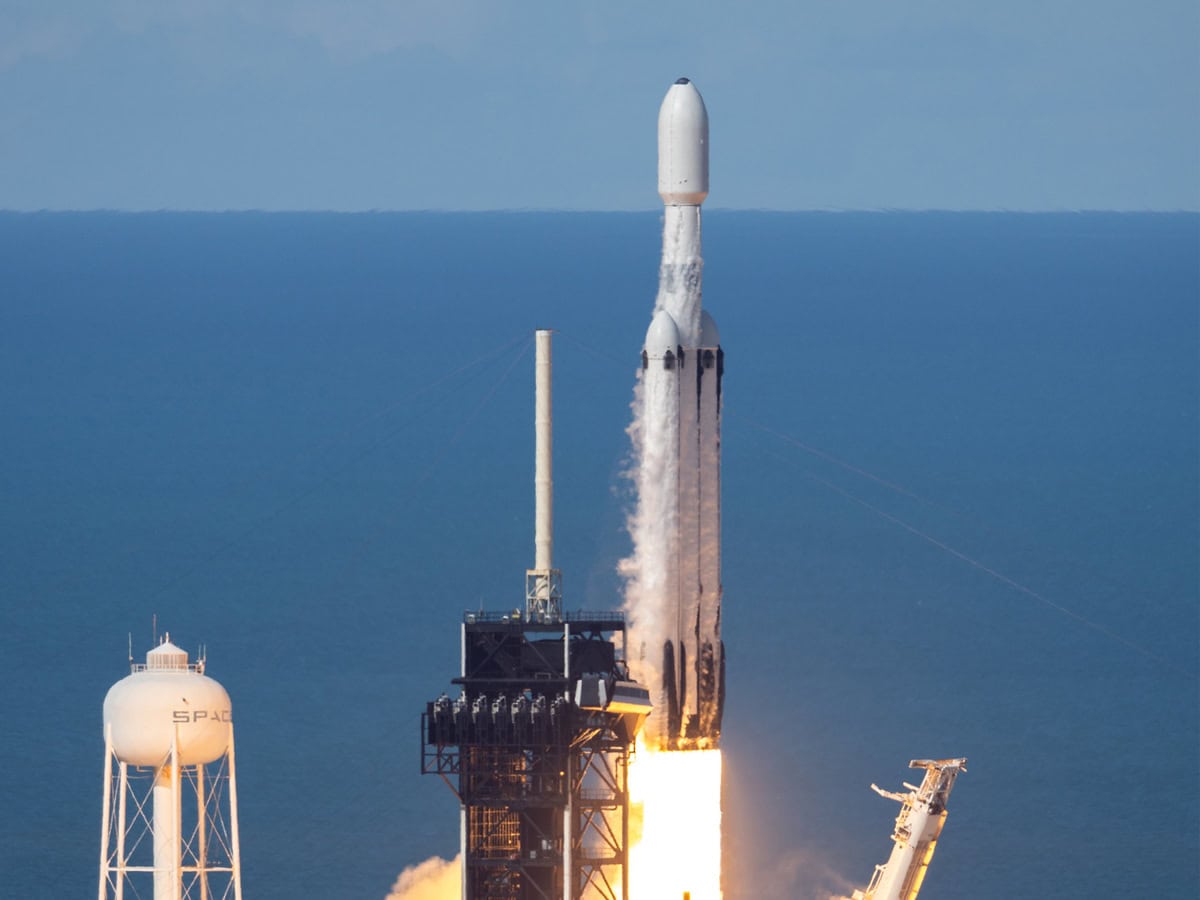
New Delhi: NASA on Wednesday successfully launched the GOES-U (Geostationary Operational Environmental Satellite U) aimed at monitoring weather in space and on Earth as well as large solar storms.
GOES-U is the fourth and final satellite in the GOES-R satellites series from the National Oceanic and Atmospheric Administration (NOAA) and NASA. It lifted off aboard SpaceX’s Falcon Heavy rocket to geostationary orbit from the Launch Complex 39A at the Kennedy Space Center in Florida at 5:26 pm ET.
The satellite will take about two weeks to reach geostationary orbit, and after reaching, it will be renamed GOES-19.
“@NOAA’s GOES-U is on its way to geostationary orbit, where it’ll assist in the study of weather on Earth and in space,” NASA said in a post on social media platform X.com.
“New weather satellite delivered!” Elon Musk shared in a post.
On board, GOES-U is a suite of seven instruments for collecting advanced imagery and atmospheric measurements, real-time lightning activity mapping, and detecting approaching space weather hazards.
Also onboard for the first time is the compact coronagraph that will observe the Sun’s outermost layer, called the corona, for large plasma explosions that could produce geomagnetic solar storms.
GOES-U will orbit Earth at about 35,700 km. it “will assist weather forecasters and climate researchers with real-time high-resolution imagery, earlier detection of severe weather that could save lives, and tropical cyclone forecasts,” SpaceX said on X.
Together, NOAA and NASA are working to develop the next generation of operational satellites in geostationary orbit, called Geostationary Extended Observations.
